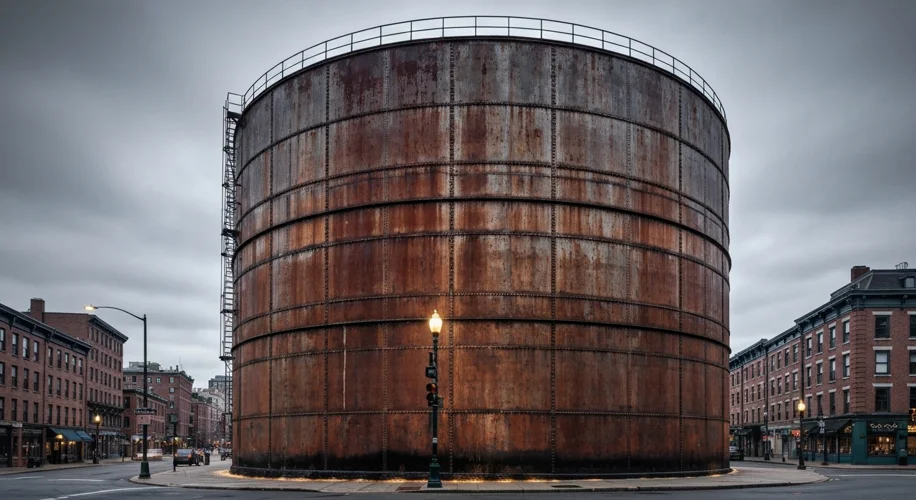The year is 1919. Boston, a city steeped in history and the aroma of industry, was about to be forever marked by a disaster as bizarre as it was brutal. It wasn’t fire or flood in the traditional sense, but a tidal wave of a different kind – a monstrous surge of molasses that swept through the North End, leaving behind a wake of destruction and a haunting legacy.
The North End, a bustling hub of immigrant workers and lively docks, was home to the Purity Distilling Company. Their massive storage tank, a behemoth of riveted steel holding over two million gallons of molasses, stood as a testament to the era’s industrial might. Molasses wasn’t just a sweetener; it was a vital ingredient in industrial alcohol, crucial for munitions production during World War I and for spirits afterward.
But this gargantuan tank was a ticking time bomb. Warnings had been sounded for months. Residents reported hearing groans and creaks emanating from the tank, describing

